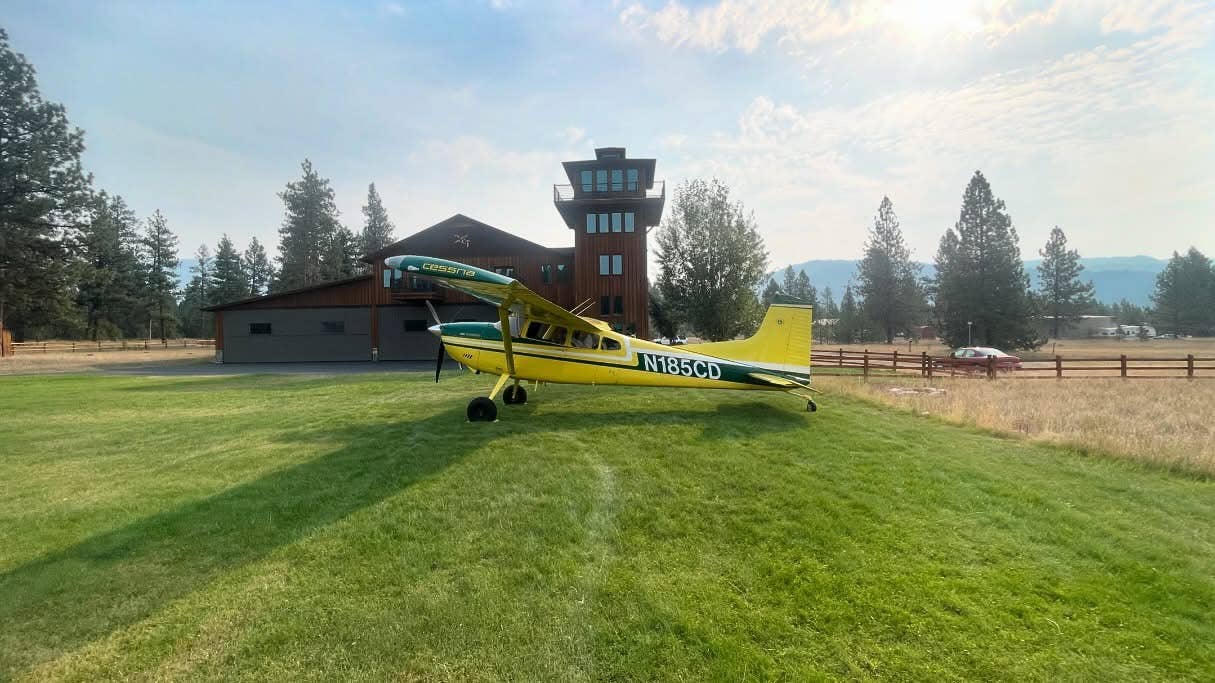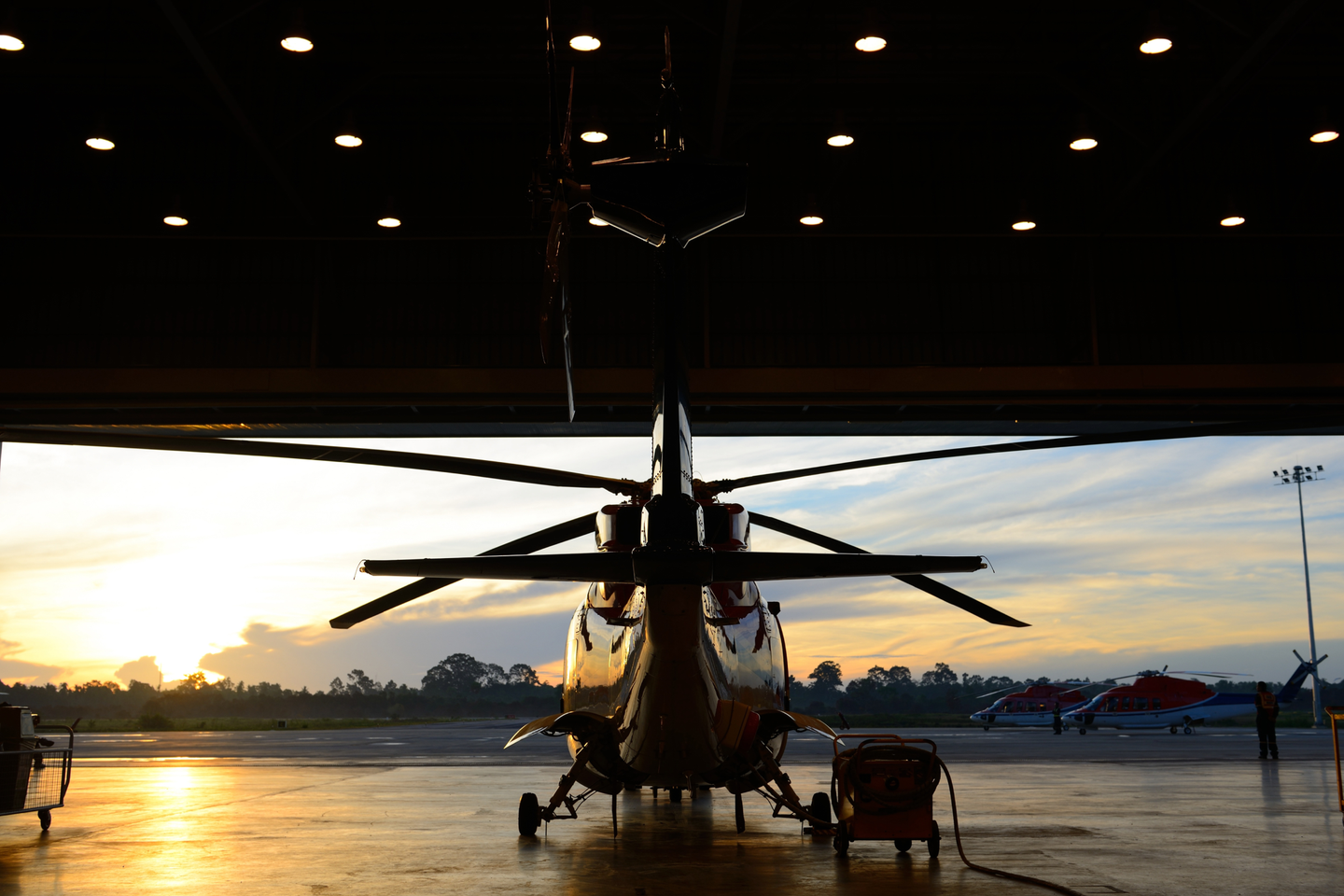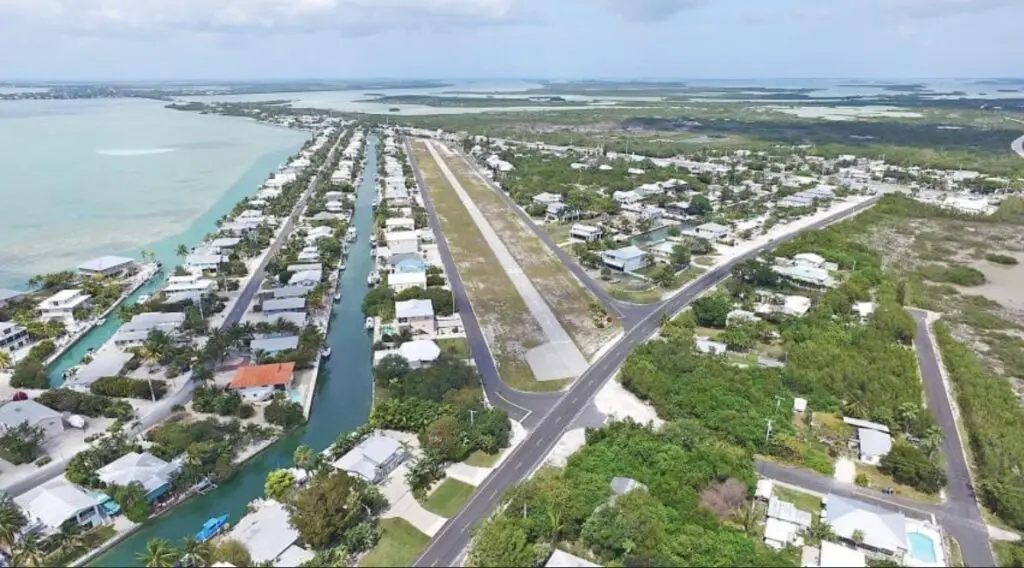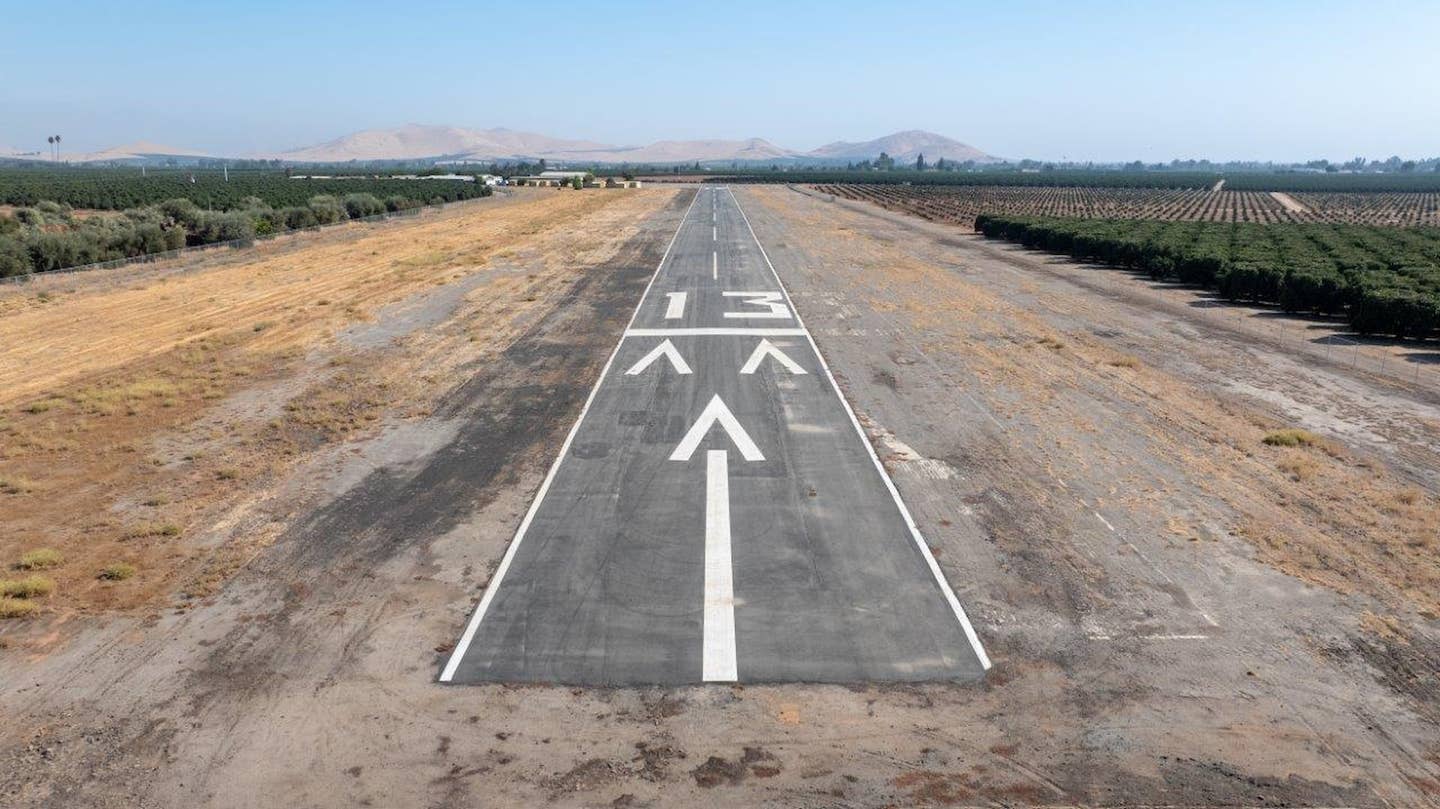New FBO Opens in Central Texas
The facility in Temple is aiming to meet and encourage growing demand.
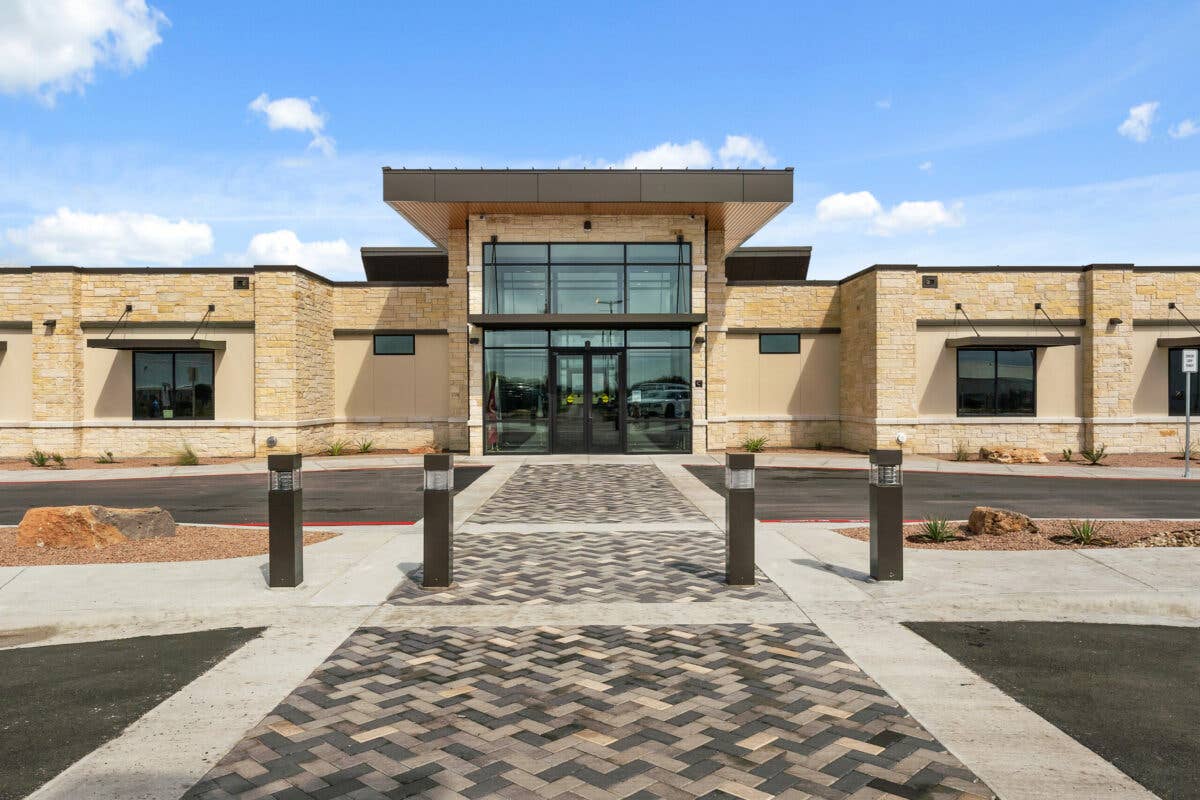
The Temple Executive Air Center was opened on November 1. [Photo: City of Temple/Wes Albanese Photography]
Temple Executive Air Center, a city-owned and managed FBO at Draughon-Miller Central Texas Regional Airport (KTPL), opened on November 1. The new facility replaced operations that were previously housed in the adjacent Elmer Reed General Aviation Terminal. The $7.4 million dollar project was designed to help to better meet the demand at the Central Texas airport, as well as stimulate growth for the city of Temple.
Originally called the Temple Army Air Field, the airport dates back to 1942 when it was a training base for the U.S. Army Air Forces . Following the end of World War II, it was sold to the city of Temple and renamed Draughon-Miller Airport, after two Temple aviators who died during the war.
Andrew Hill, the manager for the recently opened FBO, said that a benefit of being a “growing but small-town airport” is the close relationship that it is able to build with airfield tenants and visitors.
“Our motto is ‘Exceptional Service Without Exception,’ and our new customer service team, which hadn’t existed yet at the airport, has done a great job with that and are representing the TEAC brand well,” Hill said. “A highlight as we are going out to sell the FBO to the world is our geographical location. We’re centrally located between the major metropolitan areas in Texas and are a great halfway point for East to West Coast travel. And we’ll park you under the awning, which is not very common for a municipally run FBO to have an aircraft awning that will fit up to a Global Express to keep you out of the rain and the heat, which we get plenty of. We will be able to care of those cross-country transient customers and have the quickest quick turn in in style—and [have] some of the best fuel prices.”
The FBO itself has always been owned and managed by the city. And by design, Temple Executive Air Center will vary greatly from its predecessor, especially when it comes to the design of the facility and customer service philosophy.
“We knew that with this new facility we wanted to rebrand and remarket ourselves,” Hill said. “A city-owned and operated FBO doesn’t always get good marks or recommendations from pilots. They usually think of high prices and terrible customer service. So, we followed their (and FBO consultant) advice, tweaked it a little bit, and came up with a brand-new name. We decided to market it as a separate entity from Draughon-Miller Airport, so that it has the look and feel of a privately owned FBO with great customer service and amenities,”


Although the airport has been in operation for more than 80 years, pilots will see many new investments to its infrastructure. The city of Temple explained some of the recent monetary investment in the airport and its facilities.
“In the last five years, the airport has completed a $1.2 million taxiway refurbishment to allow better aircraft access to existing hangars and areas of improved land for development, completed $1.9 million on transitioning airfield lighting to LED, $2.9 million on providing eight shovel-ready plots for future corporate hangars, and currently have a $600,000-plys project to revitalize various ramp areas and repaint our main runway 16/34,” the city said in a press release. “We also currently have a $3 million dollar project in the design phase to realign taxiway D crossing at the approach of Runway 03, while extending that runway 500 [feet], a plan to use our IIJA grant money ($1.2 million) by [fiscal year 2026] to extend a taxiway to create aircraft access to future development area, and finally a future plan to extend the aircraft parking ramp for aircraft parking.”
Sean Parker, the airport’s manager, added additional detail, explaining that the recent changes have been planned for some time.
“Prior to my arrival in 2019, the city realized that the current FBO, which originally was built in 1956, [had been] updated as well as expanded some in 2002,” Parker said. “The Temple Economic Development Corporation has been doing a fantastic job on bringing some Fortune 500 companies to our area, and they understand the need to cater a little bit better to these folks that are either visiting their businesses here in Central Texas or coming here to look at possibly moving part of their company or expanding here.”
According to the city of Temple, operations have grown by 35 percent since 2019, and 40 percent of fuel sales in 2023 have come from transient traffic. The airport authority is looking toward the future and senses a continued interest from transient and based aircraft, as well as anticipating an influx of on-field development. Of the airport’s 922 acres, there is more than 50 acres of improved land with access to water, sewer, power, and connection to paved surfaces, as well as more than 200 acres of unimproved land.
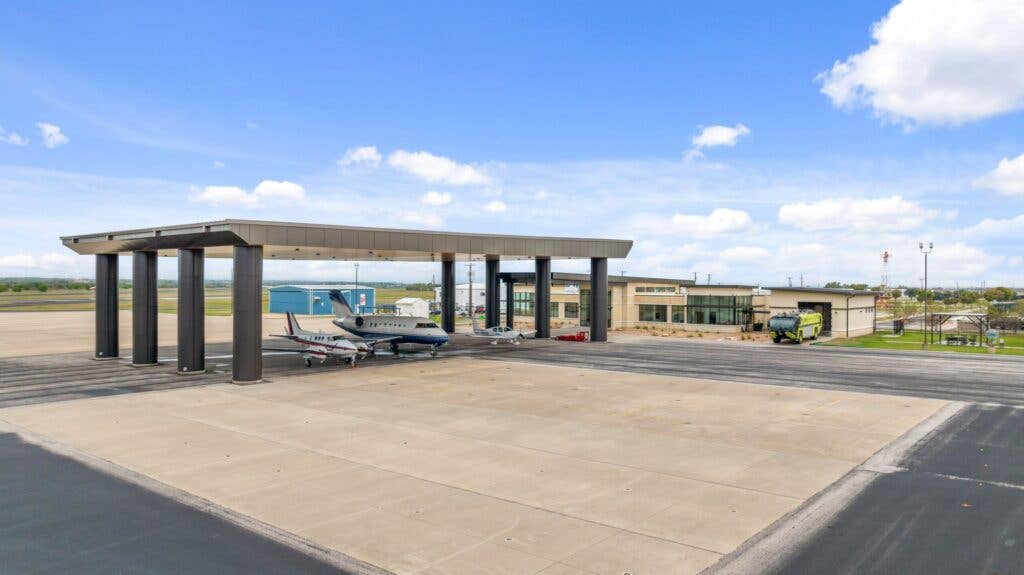
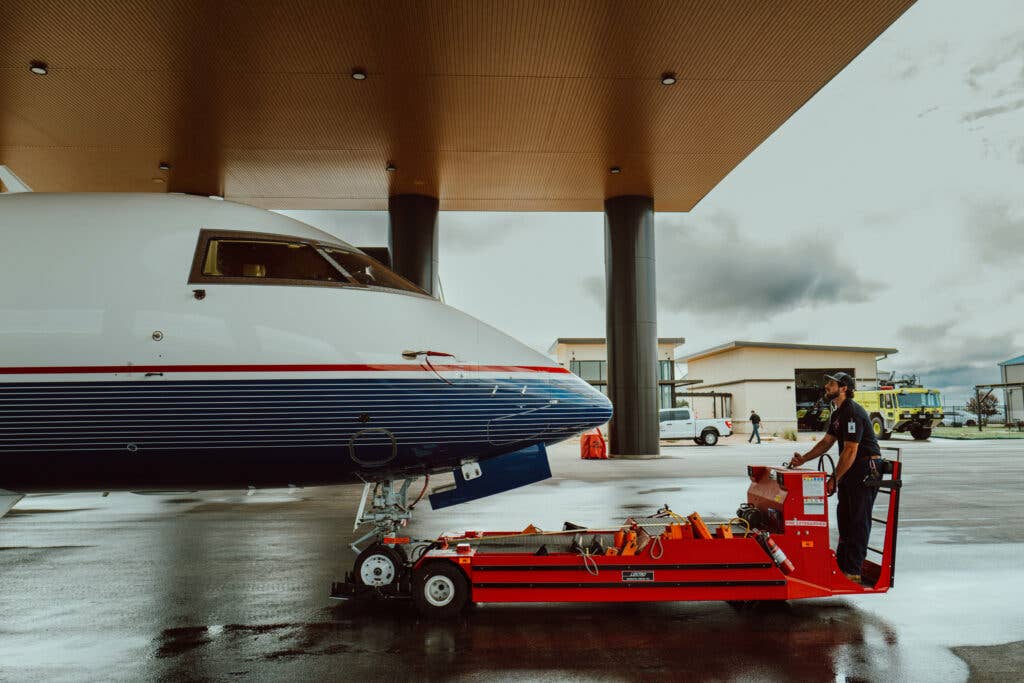
The airport’s 73 T-hangars are presently fully leased, which Hill noted is “a marker of people’s desire to be at our airport. We’re here to support that and love to see the growth and development that’s coming.”
Parker echoed Hill’s excitement about the prospects for the facility.
“As far as private, corporate, and commercial hangars, we probably have I'd say around 200,000 square feet,” said Parker We have two large commercial hangars that both themselves are just under 100,000 square feet. But everything is full. Everybody helps us out with our long T-hangar waitlist and other waitlists by subleasing to other folks to help out with that and get more airplanes inside hangars. We are currently working with some property companies that are interested in possibly building more T-hangars.
“And, of course, we've got various people that we're working with in different stages of building more hangars here, both corporate and private.”

Sign-up for newsletters & special offers!
Get the latest FLYING stories & special offers delivered directly to your inbox


